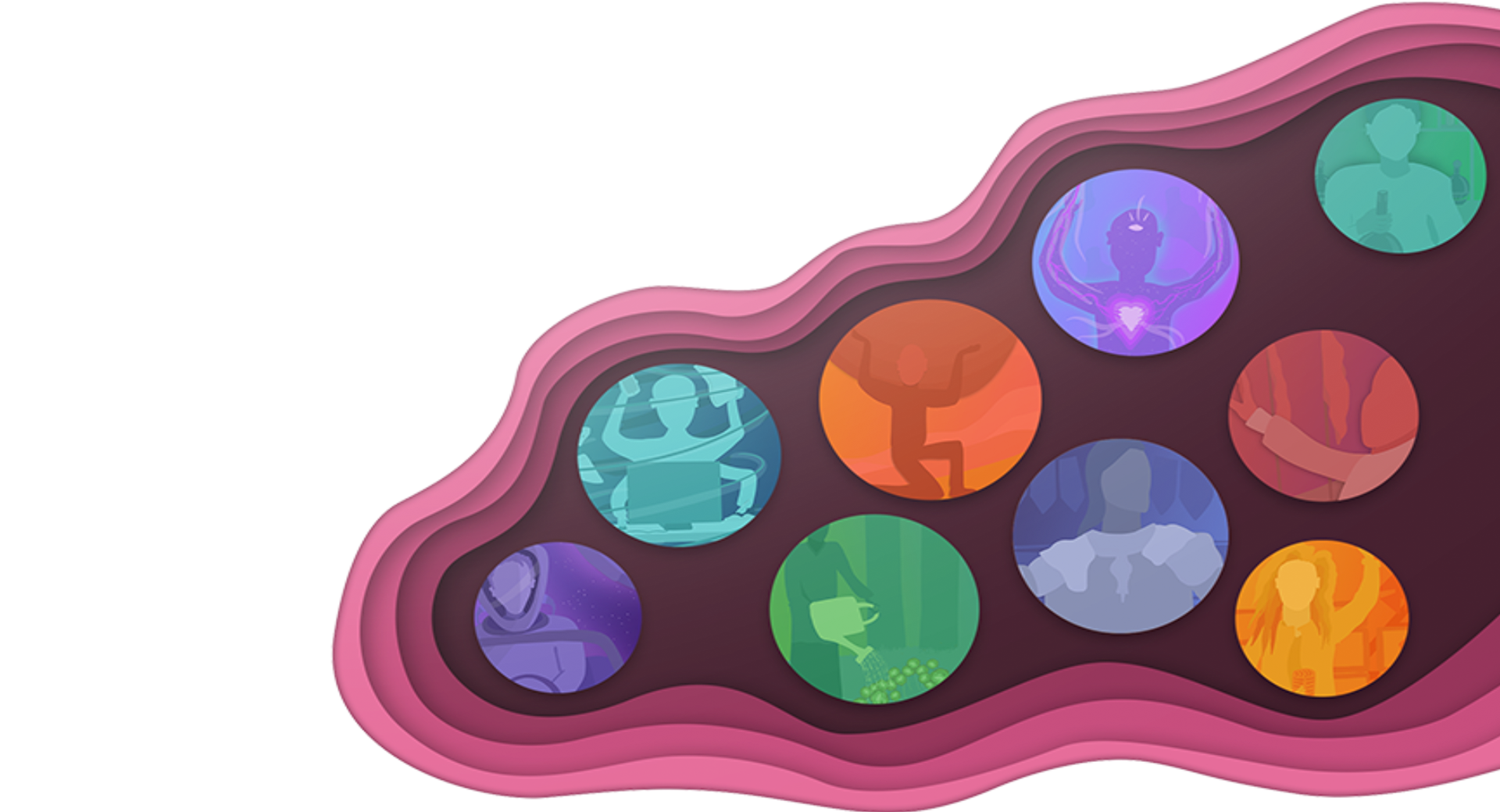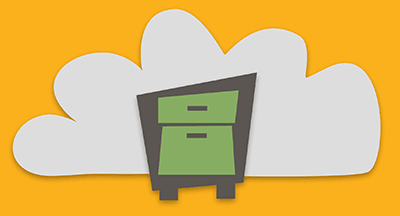
The new year is just around the corner. For many people, a new calendar year means it’s time to set goals and take steps toward better versions of themselves (new gym membership, anyone?).
It’s important to note, however, that wellness is about more than staying in shape and eating healthy. It’s composed of seven interconnected dimensions, which together form a healthy individual. Let’s take a look at each of the seven dimensions and dive into how you can help your students be well in each category. 95% of children between the ages of 5 and 17 spend six to seven hours a day at school—so what better place to encourage a lifelong focus on wellness?
“Wellness is a state of complete physical, mental, and social wellbeing, and not merely the absence of disease or infirmity.” –World Health Organization
Physical
Physical wellness is probably the most obvious category of wellness. As the NFL reminds us in their Play 60 campaign, it’s important for children to get at least 60 minutes of physical activity per day. Physical wellness also means eating healthy, getting adequate sleep, preventing injuries, and avoiding harmful substances.What You Can Do
- Encourage teachers to plan lessons that occur outside or make learning activities more active (encouraging students to travel around the classroom to different stations, etc.).
- Post a healthy eating plate graphic near the lunchroom.
- Offer healthy snacks as an alternative to chips, cookies, and sodas typically found in vending machines.
- Ensure students have a safe route to school.
- Educate students on the negative effects of smoking (including secondhand smoke), vaping, drugs, and excessive drinking.
- Offer students a place to do their laundry.
- Design classrooms geared for maximum motivation.
Emotional
We all experience emotions, but the ability to recognize and properly respond to these emotions is a skill that must be developed. Emotional wellness refers to that ability. It means accepting feelings, rather than denying them. It encompasses self-acceptance, coping with stress, and knowing when it’s best to ask for help.What You Can Do
- Teach students about healthy ways to relieve stress.
- Ensure there is adequate staff responsible for students’ mental health, and make sure students have easy access to these trusted individuals.
- Remind students, "You face the reality your mind makes up, not reality itself." Teach your students how positive thoughts can change their realities.
- Discuss time management techniques.
- Incorporate social and emotional learning into the classroom curriculum.
- Establish positive behavioral norms with PBIS.
Career
It’s never too early to improve career-related wellness! Wellness in this category means feeling satisfied and enriched by work, practicing healthy work-life balance, and maintaining a positive attitude in the midst of challenges.What You Can Do
- Help students explore careers that fit their personalities, interests, and talents.
- Incorporate STEM into the curriculum. (It’s vital to prepare students for a rapidly changing career landscape.)
- Start an internship or apprenticeship program, or set up other opportunities for students to learn skills that can lead to better job opportunities.
Environmental
We all share this planet, and each of our actions and daily habits contribute to shaping its future. Environmental wellness means understanding this reality and taking steps to care for the earth, protect its resources, and leave a positive impact on your community. It also means creating a healthy personal environment.What You Can Do
- Teach students about the planet, climate change, and the impact of their personal choices.
- Walk the walk and take steps toward making your district more environmentally friendly. (Consider upping your recycling game, conserving water and electricity, or encouraging staff members to cycle to work.)
- Set yourself up for success by turning your office into a healthy place to work. Encourage coworkers to do the same.
- The average American child spends 4 to 7 minutes a day in unstructured, outdoor play. In contrast, kids spend over 7 hours a day in front of a screen. Give students time to get outside and enjoy the planet!
Spiritual
Spiritually well individuals feel a sense of meaning and purpose in their lives and strive to live consistent with their values. When students develop spiritual wellness, they’ll learn that they can hold their own beliefs about life and human existence, but also be tolerant of the views of others.What You Can Do
- Organize a school-wide service day.
- Incorporate meditation and stillness into the curriculum and teach students the value of these practices.
- Educate students on major world religions and tolerance of other viewpoints.
Intellectual
There’s no easier time to fulfill the intellectual portion of wellness than while in school! Intellectual wellness means expanding knowledge and skills, learning to problem solve, and developing critical and creative thinking frames of mind. Though education encourages students to do just that, it’s important to explain to them the value in doing what they do: not just to learn the material, but to become more well-rounded individuals and develop a mindset of lifelong learning.What You Can Do
- Offer after-school workshops on topics that interest students.
- Give students an opportunity to tailor their studies to their interests.
- Offer incentives to get students reading outside the classroom.
- Bring in experts to share their knowledge and real-life experiences.
- Offer field trips to museums, exhibits, and theaters.
Social
Social wellness refers to the ability to relate to and connect with other people. Socially well individuals experience lower levels of depression and anxiety, above average levels of happiness, and show more resilience in their lives. However, the average American reports having only two close friends, and almost 25% of Americans say they have no one to confide in. In today’s digital age, it is more important than ever to cultivate face-to-face relationships. Though previous generations took this skill for granted, students today may need guidance.What You Can Do
- Encourage students to work together, face to face, both in the classroom and outside of school.
- Provide social activities for students who may not find community in sports, music, or drama.
- Practice kindness in the classroom.
- Unite students through activism or fundraising.
Now is the time to set goals to help your students grow and develop healthy habits in the start of this new decade. Let’s make this year a well-rounded year!
Follow-Up Resources
Each dimension of wellness affects the others, and all contribute to a well-rounded individual. Learn more about educating the whole child.Check out additional resources and tips for improving mental health and wellness.
WHAT'S NEXT FOR YOUR EDTECH? The right combo of tools & support retains staff and serves students better. We'd love to help. Visit skyward.com/get-started to learn more.

|
Chris Harrison Wellness Administrator |




